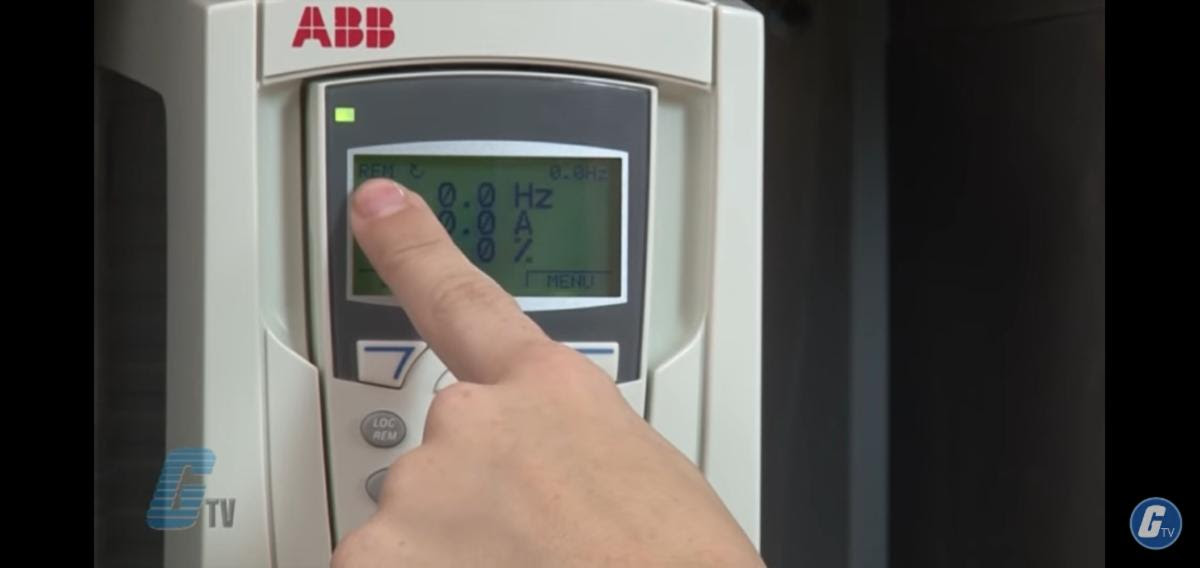Harmonics are disturbances in electrical networks that affect both current and voltage waveforms. Electrical harmonic disruptions can be seen in the form of flickering lights, unstable generators, nuisance tripping, and erratic instrument readings. Many municipal facilities have older networks in remote locations where power quality may be poor to begin with, which adds to the impact of harmonics. If left unmanaged, the overall net effect of harmonics could be an unstable system with increased energy costs. There are many ways to reduce harmonics in a facility; controlling these electrical harmonics should provide a more stable and reliable system – whether you’re operating with utility power or generator power.
There are many options for handling harmonics, including reduction, cancellation, and diversion.
Some solutions are designed to fix or repair the distortion after the harmonics are created, such as passive or active filters. Others are designed to minimize the production of harmonics, such as ABB’s fourth generation ultra-low harmonic (ULH) drives. When ULH drives are controlling your equipment, distortion is minimized and unity power factor is maintained. Additionally, these compact drives use less space even when installed in panels.
Some Harmonic mitigation strategies
Essentially, by adding inductance, you can achieve minor harmonic reduction. Drives with active front end (AFE) technology further reduce harmonics to meet IEEE-519 requirements. Reduction can also be accomplished by using closed loop active filters that inject an ‘anti-harmonic’ current spectrum that sums to zero (or client specific values) with the load harmonic currents. This is an engineered solution that can allow you to manage harmonics throughout the facility. What remains is a ‘clean’ current on the mains supply.
Multi-pulse drives (or harmonic filters) provide an antiquated technology for cancellation of harmonics. Diversion technology involves a standard 6-pulse rectifier with a passive harmonic filter. Currently, multi-pulse drives tend to be used if the required transformers are already on-site.
The most basic technique for harmonics management is to use line reactors, sometimes known as chokes, fitted inside or outside a drive. This is called reduction, because with correctly sized AC/DC impedance in a standard 6-pulse drive, harmonics levels can be reduced to where they cause fewer problems. Another approach to reduction is to use an active rectifier. This has an inverter working “backwards” onto the mains supply, treating the mains as it would treat an electric motor and controlling the current flow more effectively, resulting in essentially no harmonic contribution.
Cancellation is an older approach
Cancellation has traditionally been achieved using an 18-pulse drive. Total harmonic load is divided between several isolated sources sharing a common primary supply (via a 3-winding input transformer). An 18-pulse drive uses three sources, with each source phase-shifted 20 degrees relative to the other. A more modern approach is to use an ultra-low harmonic drive.
Ultra-low harmonic (ULH) drives draw clean current
An ultra-low harmonic (ULH) drive uses insulated-gate bipolar transistors (IGBT) as the rectifier and reduces the harmonics generated. This ULH technology enables drives to significantly limit the production of harmonics, eliminating any need for further reduction. Using VFDs with ULH technology, provides more stability and reliability for electrical systems and achieves the goal of ≤ 5% THiD at the drive input terminal to meet IEEE-519, regardless of speed or load.
Passive filter can be less flexible and effective
A passive filter works by diverting harmonics away from the affected equipment. This is a simple solution with a few drawbacks. For example, harmonic reduction is not linear and decreases as the load decreases. Also, at low load, it may require a capacitor disconnect to protect the capacitors against overvoltage and allow for stable generator operation, which limits its harmonic mitigation.
ABB has experts in managing harmonics – Let’s talk.
Although the subject of harmonics can be confusing, ABB’s experts can work with you to determine the best strategies to address harmonics in your facility.





Comments